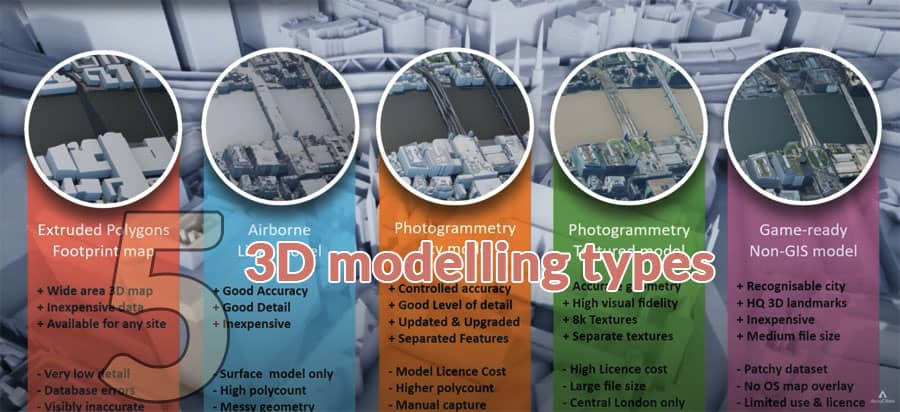In recent times, almost every Architect has used 3D modelling to picture their projects’ interior and exterior designs with realistic results.
For a professional Architect, this software is an easy tool for showcasing their work to their clients.
Furthermore, 3D printing and architecture can be linked; as a result, the user is able to 3D print an entire house.
In this article, we are not going to talk about the benefits of using 3D modelling. Instead, we are going to discuss the types of architectural 3D visualization present for architects.
3D CAD Modelling
Complex algorithms are used in computer-aided design (CAD) to convert 2D pictures to 3D. It is used to construct 3D plans of anything ranging from basic houses to high-rise complexes.
Because CAD models are exact, they are ideal for visualizing a structure’s exterior design.
It generates a virtual model of how the thing would behave in actual life without the need to construct it.
Architects utilize 3D CAD modelling to create buildings and alter materials, textures, colours, and features as projects go, and Sketchup meets all of these needs brilliantly.
Wireframe Modelling
The wireframe is also known as edge modelling.
Its process involves creating an abstract edge or skeletal depiction of a real-world item utilizing lines and curves. The user then fills up the space between the line with polygons.
Wireframe Modelling is the most basic and fastest way of creating great 3D visualization, and this type of 3D modelling capabilities are ready-made available in SketchUp.
BIM Modelling
Building information modelling (BIM) is a more sophisticated and intelligent sort of 3D modelling that allows architects, engineers, and construction experts to collaborate on a project.
Using BIM, architects may create a 3D model of the building’s physical and functional elements.
The technology is a powerful networking tool that enables any AEC expert working on the same project to view the whole structure.
3D Interior Modelling
The outside of a building is intriguing, but it’s the inside that sets customers’ pulse racing. This implies that your design’s internal representations, which are the most appealing to customers, are also among the most crucial features.
In most situations, the interior design of each room is the most appealing feature of a building. Designers may use 3D interior modelling to make any place seem stunning. Designers may use it to painstakingly adjust furniture, decorations, surface treatments, colours, lighting, and many more.
3D CGI Rendering
SketchUp creates amazingly accurate photorealistic 3D renderings that are the ideal tool for client and stakeholder presentations.
It’s comforting to know that they’re simple to make with Sketchup, owing to the popular animations function. It allows you to make an animation by creating scenes of your model, each with a particular set of parameters.
When you’re ready to animate, there are three simple methods to do it. First, it’s a useful tool for design review, design changes, and client presentations in an architectural design setting.
Conclusion
3D modelling technology, for example, is a lifeline for architects who struggle to convey their work to customers and other AEC professionals. You do not need to learn all of them; instead, focus on a handful that will make your company more current and simpler to deal with.
To learn more, watch the following video tutorial.


